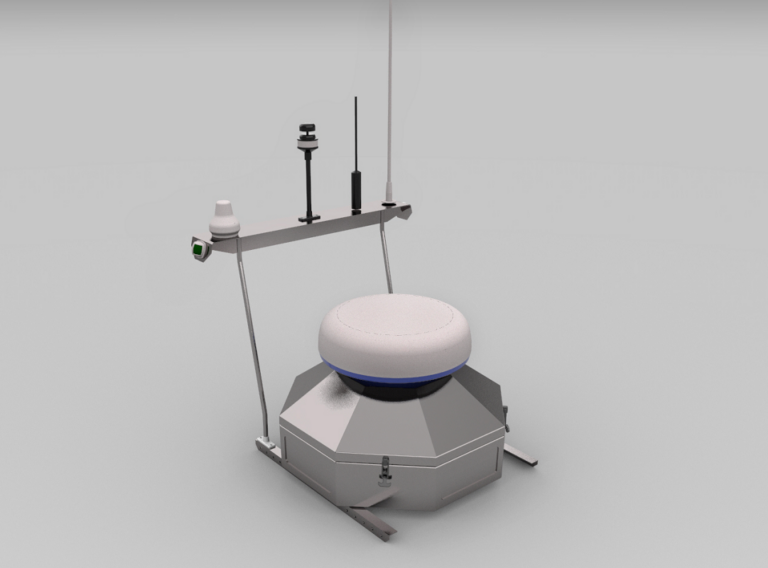Artificial Captain
Artificial Captain, developed by MindChip and TalTech, delivers a comprehensive real-time view of maritime surroundings for enhanced situational awareness on both autonomous and manned vessels. By integrating radar, AIS, and camera data, it detects and tracks objects with precision, ensuring safe navigation.
With effortless remote control and plug-and-play autonomy, Artificial Captain transforms any vessel into a smart, self-sufficient powerhouse.
Robust Situational Awareness
Mindchip’s state-of-the-art Artificial Captain leverages advanced algorithms to ensure safe navigation, detecting and avoiding obstacles in real time with precision and reliability.
Autonomous Working Cycle
Operating fully autonomously along a predefined missions, Artificial Captain continuously collects and monitors data, ensuring optimal performance with minimal human intervention. A user-friendly, web-based interface enables effortless remote monitoring and control.
Mission Management
Plan, schedule, and manage missions with an intuitive interface. Customize routes, set precise timings, and scale to meet varying operational needs.
Specifications

Intelligent Navigation & Situational Awareness for Autonomous and Manned Vessels
With effortless remote control and plug-and-play autonomy, Artificial Captain transforms any vessel into a smart, self-sufficient powerhouse.

Functionalities
Far- & near-field object detection
360º vision
Remote control and distant monitoring
COLREG based navigational decisions & control
Ethernet or WiFi connection to ship control systems
Customized interface controller to communicate with ship control systems
Sensor Fusion
AIS (class B)
X-band maritime Radar (up to 36 nm visibility)
4x mmRadar (up 100 m visibility)
4x Lidars
GPS module 4G, WiFi, satellite communications
12x CAMERAS
4x Machine vision cameras
8x distance measurement cameras
1x PTZ camera (360º vision)

Operator Control Center
Autonomous ASV operation with operator takeover when necessary
GPS-based precision navigation
Automatic sonar water entry and monitoring of measurement data
Automatic mission planning
Telemetry and data recording
Prediction models and digital twin
mmWave Radar
mmWave radars provide accurate and reliable information about the surroundings of ships, helping to avoid collisions with other vessels, objects, or obstacles. These radars are capable of detecting objects of various sizes, ranging from large ships to small watercraft, and even floating debris and objects on the water surface.
Object detection with X-band and mmWave radar, computer vision
Machine Vision Cameras
In the context of autonomous ships, machine vision plays a crucial role in enabling them to perceive and respond to the surrounding environment. The visual information collected through cameras and sensors is analyzed using deep learning algorithms, allowing for the identification of various objects such as other ships, maritime markers, rocks, or floating devices. This enables the autonomous ship to assess the situation and make the necessary maneuvers to avoid collisions or navigate through complex sections of the maritime route.
Computer vision, object detection
Simulation and Path Finding Algorithm Test Environment
Conducting physical tests at sea is often time-consuming and expensive. To simplify this process and reduce costs, the MindChip team has developed a virtual testing environment for evaluating and optimizing COLREG-based evasion algorithms. Below is an example of this environment.
Path finding algorithms
Downloads
Artificial Captain brochure
2.0 MB
Get in touch with us
Please fill out the form below with your inquiry and details. We will get back to you as soon as possible.
